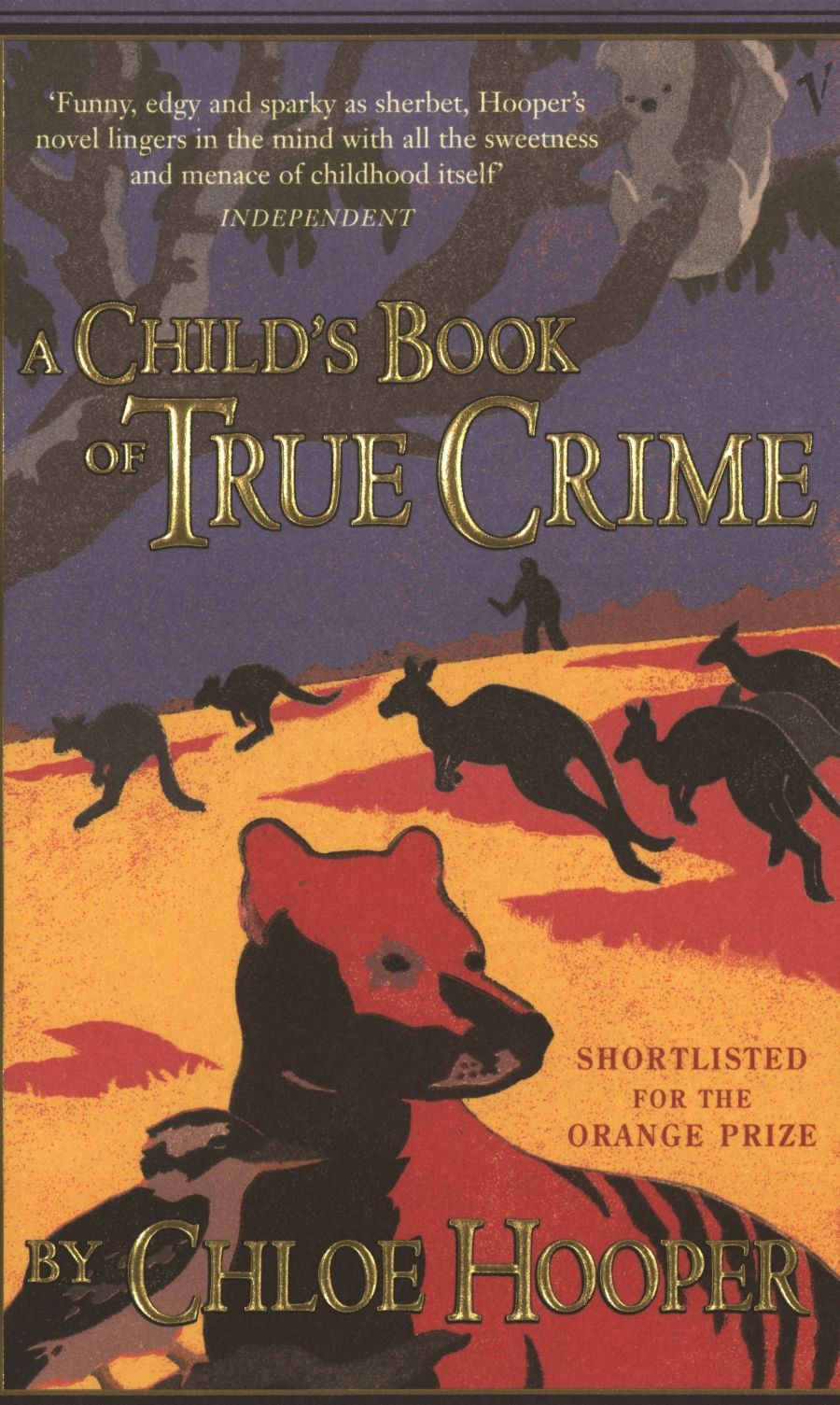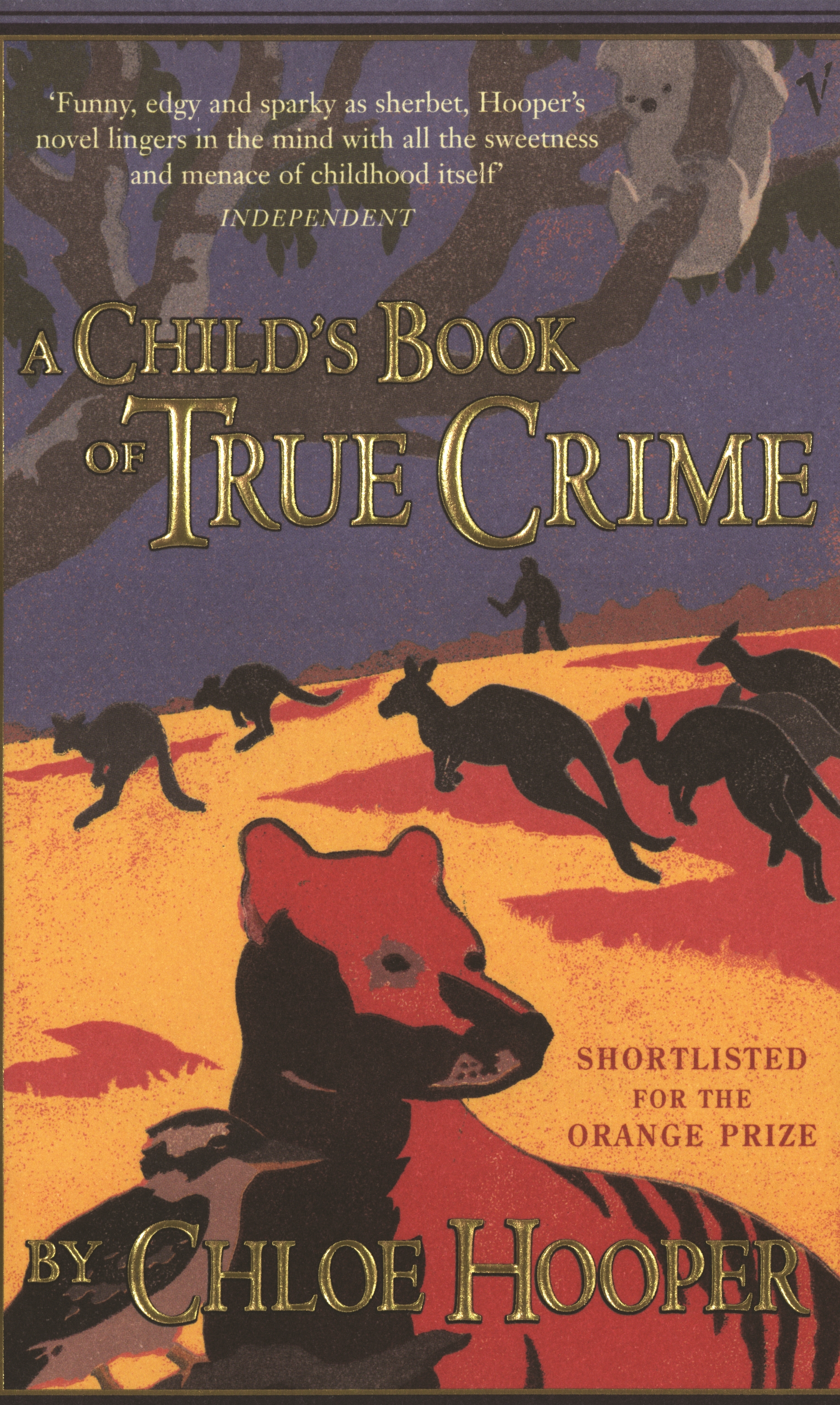
- Free Article: No
- Review Article: Yes
- Article Title: Modern Crime
- Online Only: No
- Custom Highlight Text:
These two novels can be read as intelligent manipulations of the crime genre, exploring the inarticulacies as well as the betrayals, real or imagined that can precipitate acts of violence. Chloe Hooper’s impressive début, A Child’s Book of True Crime, explores, in her words, ‘the twilight space between childhood and adulthood’. The means for interrogating this porous and ambiguous zone include a primary school teacher complicit in her own infantilisation, school children with steadier insights and clarity than their teacher, a faux children’s story narrating the details of a gruesome murder, and adults participating in games of emotional brinkmanship that their children would probably play as variants of ‘chicken’. Regret, by contrast, is more concerned with the isolation that occurs once the growing up ostensibly has occurred. While Chloe Hooper is at the beginning of a career with the potential to produce exceptional work, the experienced Ian Kennedy Smith is the more accomplished storyteller with Regret.
- Book 1 Title: A Children's Book of True Crime
- Book 1 Biblio: Knopf, $35hb, 238 pp
- Book 1 Cover Small (400 x 600):

- Book 2 Title: Regret
- Book 2 Biblio: Penguin, $22.00 pb, 267 pp
- Book 2 Cover Small (400 x 600):

Three levels of narration underpin A Child’s Book of True Crime. The principal narration is undertaken by Kate Byrne, a twenty-two-year-old school teacher who is having an affair with Thomas, the father of a particularly gifted student, Lucien. She becomes increasingly engrossed with the parallels between her situation and the one described in the book Murder at Black Swan Point, a true crime story of a wife who apparently brutally murdered the woman with whom her husband was having an affair. The author of Murder at Black Swan Point is Veronica, wife of Thomas and mother of Lucien. The third narrative is a faux children’s book populated by such characters as Terence Tiger and Kingsley Kookaburra, which contains forensic and eyewitness accounts of the murder at Black Swan Point.
Hooper’s book, while deserving of the high praise it has attracted, exhibits regrettable weaknesses in character development and narrative structure. Veronica is pretentious, cold and unmaternal. Kate invokes the authority of child psychologists to make the point that the inspiration for Lucien’s blind, limbless, beheaded and bullet-ridden self-portraits was likely to rest with his parents. Thomas is supercilious and lacks affection or conscience. Unsurprisingly, Kate is the most complex and sympathetic character, but she shows little inclination, despite her adventures and intensifying paranoia, to grow up.
Hooper’s story draws upon the technique of a children’s book in order to give her novel the ‘right level of perversity’ and the means to examine the childhood-to-adulthood transition. The intentions are sound but not always synonymous with effect. One is aware of the children’s chapters functioning as a device, more contrived than perverse.
Against such shortcomings in craft must be set the vigour of Hooper’s writing: its latent lyricism, well-timed tartness of expression, the direct sensuousness of the observations, as when ‘Thomas … stared hungrily at my floral dress. Like a villain in a silent movie, all his carnality registered in his eyes and eyebrows.’ One of the finest achievements of Hooper’s first novel is her acute appreciation of the language and irreverence of children. She spent some four weeks in class-rooms with a tape recorder talking to fourth graders about philosophy and it shows:
Darren: If you were in a dream, and you got in a fight and had your head kicked off, you could pick it up and screw it back on again.
Henry: You could play head soccer.
Lucien: If you played football with your head you’d actually be at an advantage, because your eyes would be like a camera and you could tell if it hit the post or not.
Alastair: The only bad thing about that is, you wouldn’t look so good after everyone had been kicking you around.
Danielle: You’d look better.
A Child’s Book of True Crime also touches on the power of narrative to bring self-insight, although few of the adults in the book appear encumbered with this quality. Kate observes that deeds of violent and sadistic crimes are ‘in our nervous systems. We read true-crime to learn about ourselves.’ And yet Kate’s reading of true crime leads her to rising paranoia. If the path to adulthood appears fraught, the destination seems barely worth the effort.
With such a prolific and varied writing background, Ian Kennedy Smith, not surprisingly, steers clear of early-writing foibles. Over the past twenty-four years he has written poems, short stories, novels, scripts for radio and television, screenplays, stage and video, in addition to a web-published novella.
Regret moves between the present of a police investigation into the killing of local Aboriginal ‘Gonzo’ Lever, set in the declining town of Cedar, and the recent past of the shooting trip to nearby Regret Falls, where he was killed. The official progress into uncovering what happened is interspersed with chronological segments of the disastrous pig-hunting expedition to the Falls. Themes of the oppression of personal history, being trapped where one does not belong, racism — both explicit and inverse — and sexual jealousy are all developed in the book. This narrative structuring exacerbates the suspense, with the two narratives ultimately coalescing at the end of the book with the full revelation, rather than solution, of the crime. The sense of rough justice meted out on the basis of a false premise that underlies the killing extends to the final resolution.
It’s hard to imagine a novel concerned with the psychological forces provoking a crime that is not preoccupied, at least in passing, with questions of identity. Such questions can be as forceful for those who would or could not articulate them as for those who are intrigued by them to the point of tedium. In exploring notions of identity, Kennedy Smith is adept at exhibiting the limited nature of his characters without resorting to the laziness of patronising them. Nadine, the Cedar-born-and-bred girlfriend of Matthew Wesker who has left Sydney to teach in Cedar, becomes intrigued with Gonzo, who has a black father and white mother. She gives Gonzo the benefit of her views of black-white relations and personal identity:
‘What I’m saying is, strip away all the complication shit, you’ve still got to know who you are. You can’t be a bit of this and a bit of that. Okay, so you’re made up of bits of this and bits of that, but at the bottom of the bucket, mate, is the bit that counts. The bit you started from. Or the bit you recognise as basically who you are. D’you see what I’m saying?’
‘Yeah,’ Gonzo said, ‘and it’s crap.’
He goes on to explain that he desires multiple identities – ‘black days, white days’ – but that he is constrained by those who see him as black first and white second. What counts is not how he sees himself, but how those who call the shots see him: the premise that regards him as able blithely to choose his identity is false.
More than identity, though, Regret is a study of isolation. The mistress of the dark psychological causes of crime, Ruth Rendell, made a highly plausible case years ago for the psychological and social containment of illiteracy leading an apparently non-violent person to commit serial murders. There is something of that in Regret. Insularity and inarticulacy, and the subsequent failure to communicate, lead to slights, real and imagined, and revenges that snowball into self-destruction. The characters, for the most part strongly and convincingly conveyed, are sequestered in their own space. However, some of the portraits are a little overdrawn. The interminable vacillations of Matthew, the central character, between the sanctimonious, theoretical liberalism of his senior bureaucrat father and a desire to think for himself, become grating towards the end. His self-loathing becomes tedious because, like the other characters, he gives little promise of progression.
Regret is a substantial novel by an accomplished author. It has fewer flaws but less charisma than A Child’s Book of True Crime. The greater anticipation must be reserved for Chloe Hooper’s second novel.


Comments powered by CComment